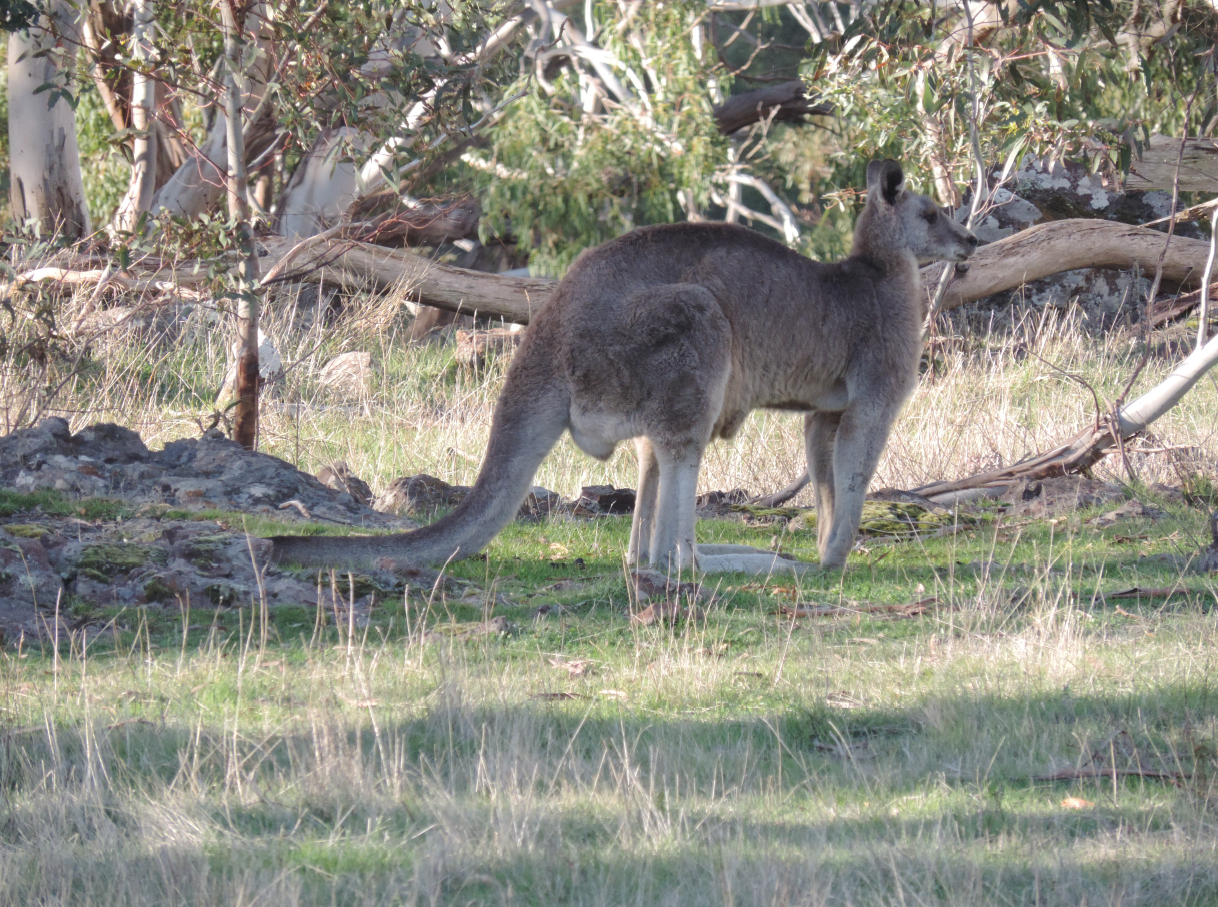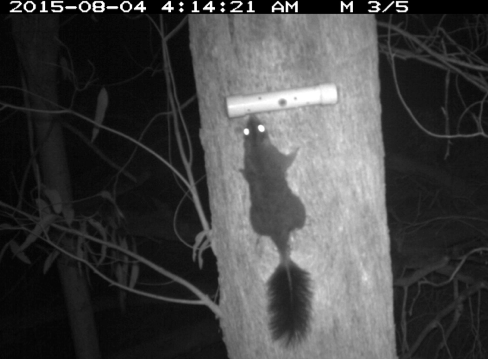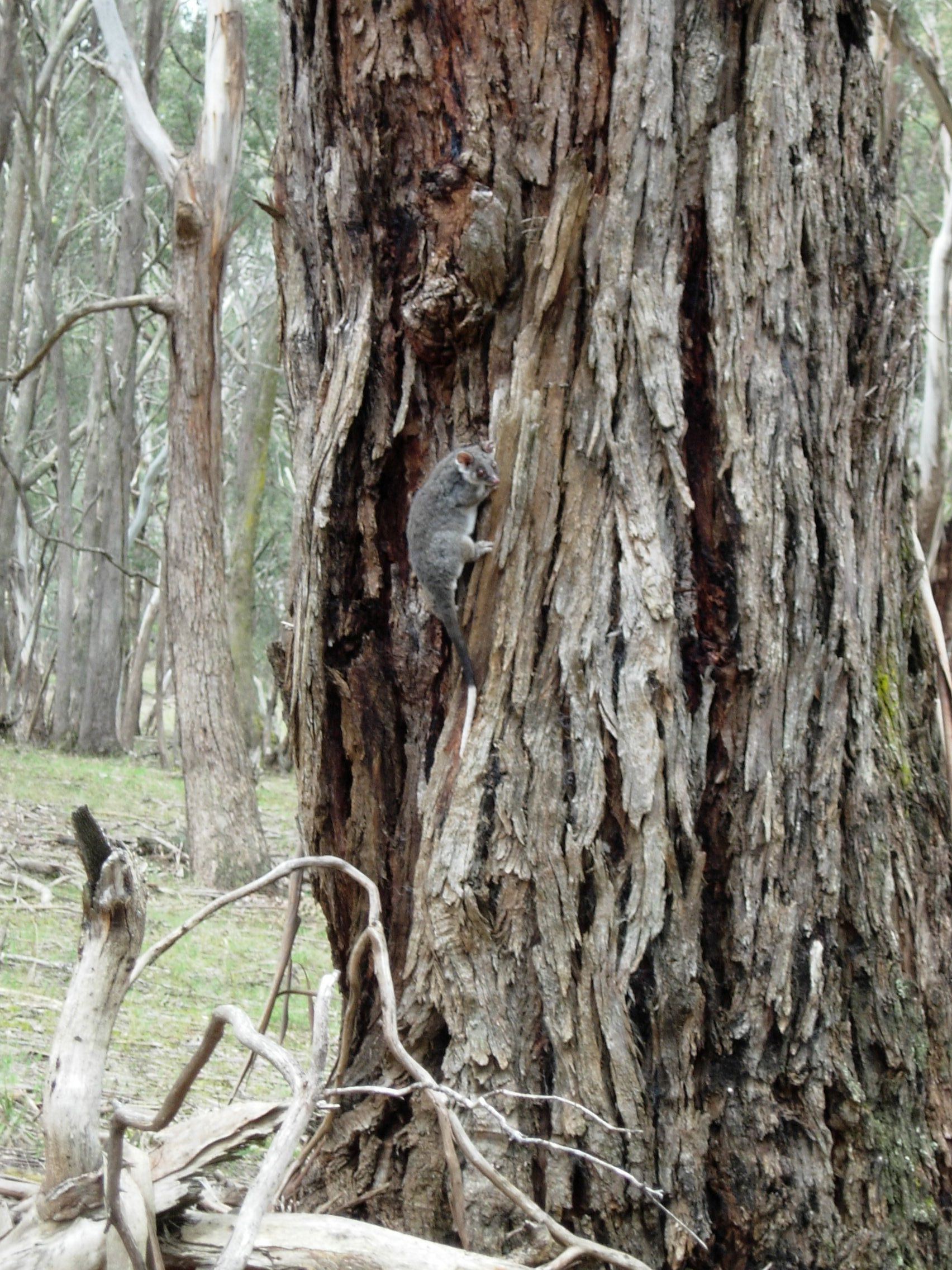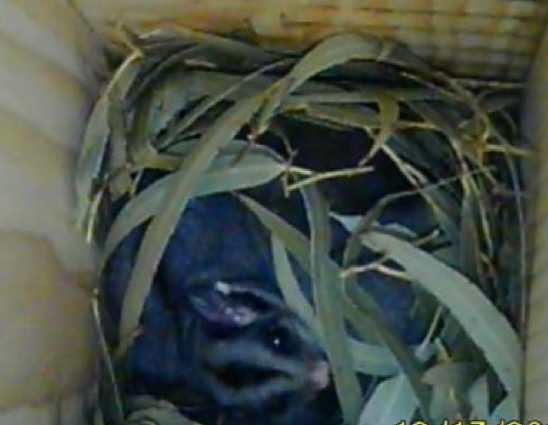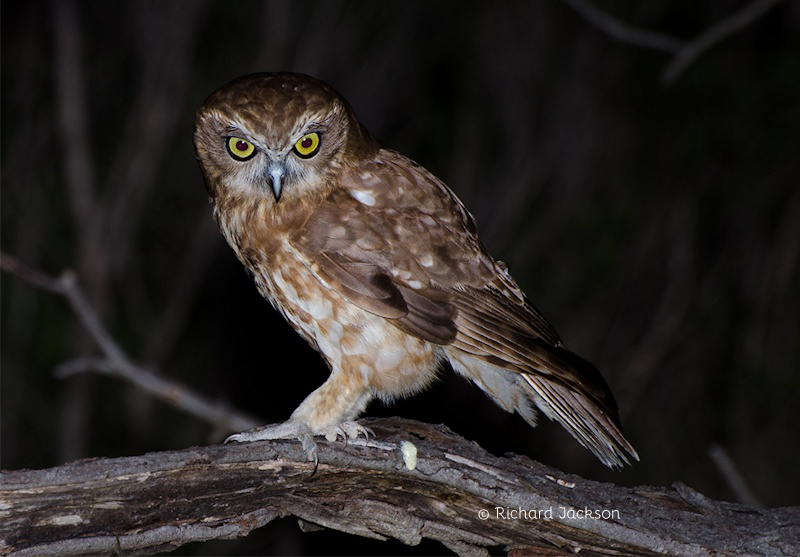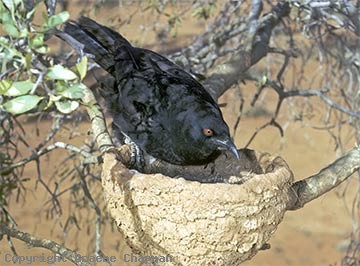Important Biological Significance
Information is taken from the EMP prepared by Atlas Ecology.
There are three Vegetation Communities within the reserve with overlapping of vegetation species occurring as the communities merge.
1. Basalt Grassy Woodland
Surrounding the North West corner of the Bald Hill volcanic cone, comprising of open eucalypt woodland, mainly Manna Gum (Eucalyptus viminalis) over a diverse understory of grasses and herbs.
2. Granitic Grassy Woodland – North East Peak
Weathered granite outcrop with an overstory of Manna Gum and a ground layer of grasses, herbs, lilies, and some orchids.
Both areas are regarded as Endangered Vegetation Communities within the Central Victorian Uplands Bioregion.
3. Valley Grassy Forest
Dominated by an overstory of Narrow Leaf Peppermint (Eucalyptus radiata subsp. radiata) with a minimal mid-story, and an understory that supports a variety of herbs, orchids, lilies, sedges and grasses.
Many of these trees are coppiced following past logging practices. Closer to Pipers Creek Road, the grasslands consist of a combination of native grasses, herbs, lilies, orchids and introduced grasses.
Regarded as a Vulnerable Vegetation Community within the Central Victorian Uplands Bioregion.
Flora
National Significance Species listed as endangered on the Commonwealth Environment Protection and Biodiversity Conservation Act 1999
- Dianella amoena (Matted Flax Lily)
- Glycine latrobeana (Clover Glycine)
Fauna
National and Victorian Significant Species
- Brush tailed Phascogale (Phascogale tapoatafa)- considered near Threatened at a national level and Vulnerable in Victoria.
- Brown Toadlet – (Pseudophryne bibronii) - Endangered in Victoria
- Powerful Owl - (Ninox strenua) - Vulnerable in Victoria
This nationally endangered species of Toadlet was discovered in the reserve during a frog survey undertaken by William Terry from the MRSC and Matt Clancy. (Photo of Toadlet by Matt Clancy)
- Koala- (Phascolarctos cinereus) – The population was more commonly observed in the reserve in the past, although there have been some sightings in the past 12 months.
- Other species seen often are mobs of Grey kangaroos, echidnas, the Blotch-Back Blue Tongue, Sugar Gliders in nest boxes and the swamp wallaby.








